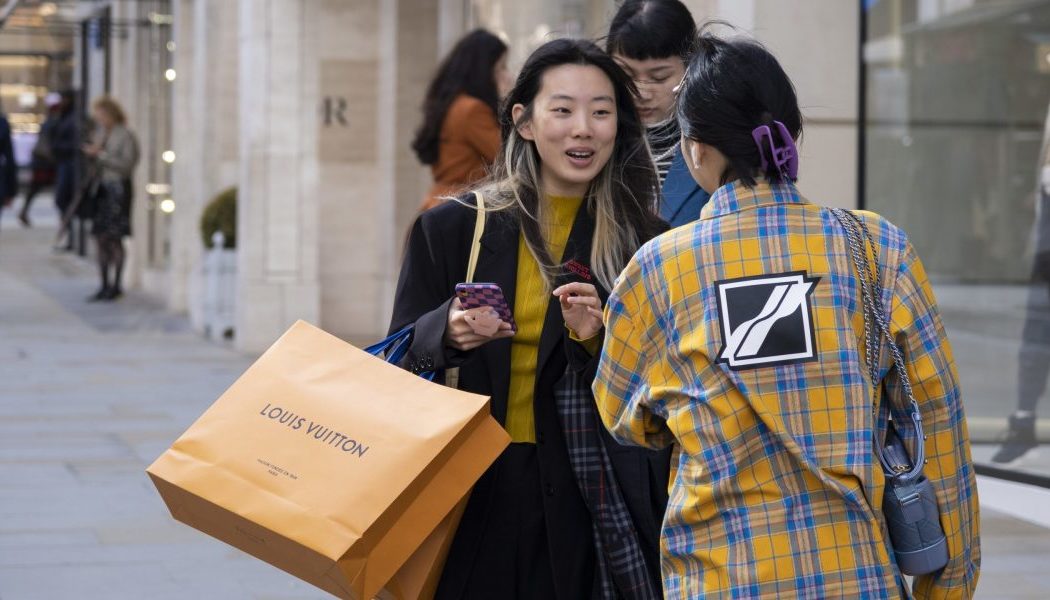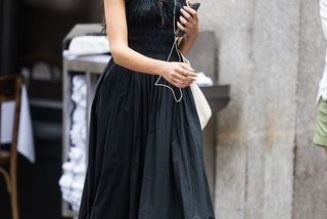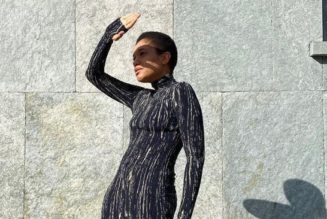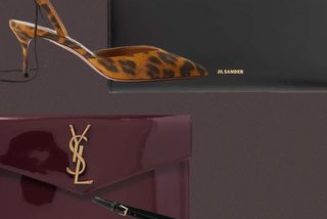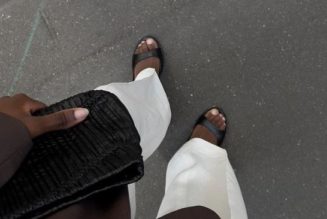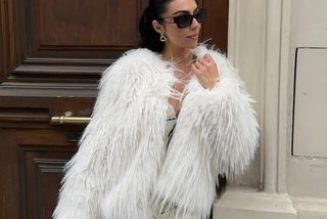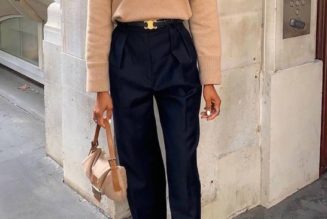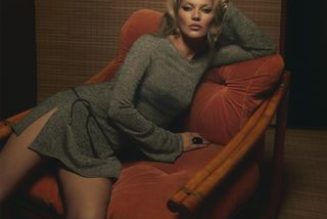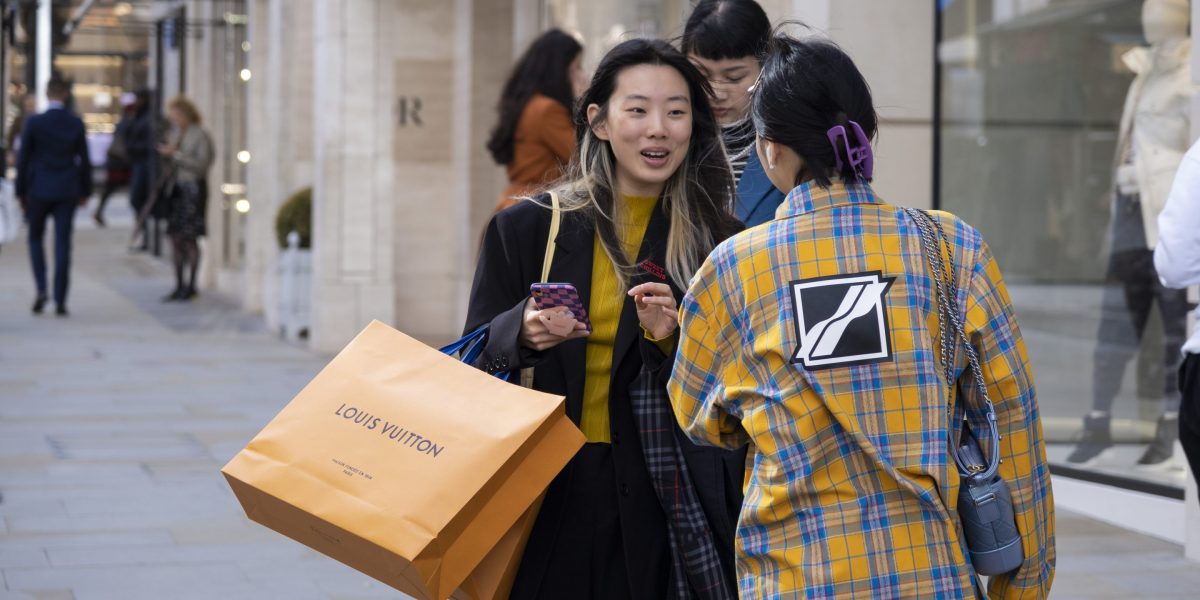
‘Precocious’ teens are set to become the biggest buyers of luxury goods by 2030 as the demographic of shoppers in the sector get younger and wealthier.
According to the latest Bain & Company–Altagamma Luxury Study, Gen Y — those born between 1982 and 1994, also known as millennials — and Gen Z — those born from the mid-90s to the mid-00s — accounted for the entire growth of the market in 2022.
With Gen Z already hooked on high-ticket items from the age of 15 — and their successors Generation Alpha expected to do the same — the personal luxury market is set to climb to around €540-580 billion by the end of the decade, a rise of 60% or more compared to 2022.
The report added that “in coming years, the spending of Gen Z and Gen Alpha is set to grow three times faster than for other generations until 2030, making up a third of the market.” Younger people are shopping earlier in their lives for high-end goods, the analysis showed, making their first big purchases three to five years earlier than their millennial equivalents.
But despite they have a seemingly captive audience, Claudia D’Arpizio, partner and leader of Bain’s Global Luxury Goods and Fashion practice, said brands would have to innovate: “The nouvelle vague — the new wave — of the luxury goods market will demand evolution amid disruption, adaptation amid uncertainty, and an expansion of creativity in all of the basics — all while new trends and concepts develop.”
Luxury brands are already looking to the next phase of their transformation, investing in their future growth now despite concerns over economic headwinds. The result has been marginally lower profits across the sector as organizations reinvest.
The demographic change comes at a time of shifting sands for the world’s biggest luxury goods corporation, LVMH, as the industry waits to see who will take over Bernard Arnault’s empire. In a management reshuffle last week, the luxury kingpin installed his only daughter as head of the Dior fashion house just days after he was named the richest person on the planet.
Federica Levato, partner at Bain & Company and leader of the firm’s EMEA Luxury Goods and Fashion practice, added: “In their path to 2030, luxury brands will need to leverage their cultural avant-garde position and insurgent excellence to overcome the challenges ahead and shape the world. Just as they recently did through excellent products and human-centric engagement, they must now deal with new priorities: ESG, creativity chain, technology and data. These domains are rich with opportunities for luxury brands — but investments for future growth are crucial.”
What are common luxury items?
The rest of the list — which took into account factors such as brand value, search share of voice, and social media analytics — is made up of Dior in the number two spot, followed by fashion brands Chanel, Louis Vuitton and Hermes.
Jewelry brands appear further down the list, with Rolex and Tiffany — also owned by the LVMH corporation — taking the numbers six and seven spots, before a return to fashion with Prada, Versace and Ralph Lauren rounding out the top 10.
Hard luxury, leather and apparel sales lead the resurgence of luxury brands following the pandemic, with revenue driven up by an ‘elevation strategy’ of progressive price increases. Without damaging volume growth, steady ticket inflation has lead to 60% of the growth of the sector from 2019 to 2022.
In one example, in 2021 the price of Chanel’s Classic Flap Bag increased three times. In January, it was reportedly $6,800 before leaping to $7,800 in July. By November it was $8,800.
According to Women’s Wear Daily, Louis Vuitton has also upped the price for its popular Pochette Accessoires Monogram Canvas bag, which went from $630 at the start of 2021 to $1,050 a year later.
“What has changed is the affluence level of the U.S. customer, and the prevalence of social media that tells the customer what is cool, ” Jan Rogers Kniffen, CEO of retail consulting firm J Rogers Kniffen WWE, told CNBC. “The generation before the Z’s pushed the age of first luxury purchase to 18 to 20. Wasn’t 15 to 17 the next logical stop? Is that the bottom? Probably not.”
Learn how to navigate and strengthen trust in your business with The Trust Factor, a weekly newsletter examining what leaders need to succeed. Sign up here.
